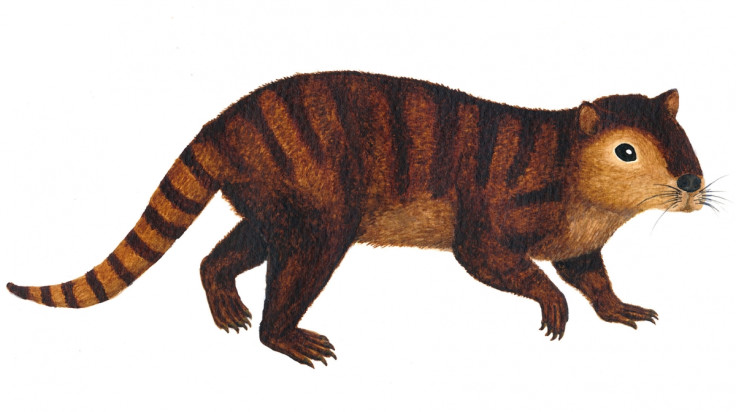Kimbetopsalis simmonsae: The mammal which thrived after the extinction of dinosaurs

Researchers from the University of Nebraska-Lincoln and University of Edinburgh's School of GeoSciences have discovered the fossilised remains of a beaver-sized mammal which survived the dinosaur extinction and ultimately thrived when the large reptiles had died out. The large rodent-like creature would have been covered in fur and measured around a metre long.
The remains of the Kimbetopsalis simmonsae were found by a UNL student while conducting fieldwork at the San Juan Basin in New Mexico. Carissa Raymond found small black teeth which had the characteristics of belonging to a multituberculate mammal – a mammal which has multiple rows of teeth.
It would have lived in wooded areas, according to the research paper published in the Zoological Journal of the Linnean Society, and would have survived on greenery. The discovery sheds new light on how mammals thrived after the extinction of the dinosaurs.
Palaeontologist Steve Brusatte of the University of Edinburgh told Reuters: "It's larger than almost all of the mammals that lived with the dinosaurs, and also had a plant-eating diet, which few if any dinosaur-[era]-living mammals had. It shows just how quickly mammals were evolving in that brave new world after the asteroid cleared out the dinosaurs. Mammals, which actually originated hundreds of millions of years earlier at the same time as the dinosaurs, now found themselves in an empty world, and they took advantage."
It is believed that the Kimbetopsalis simmonsae died out around 35 million years ago.
© Copyright IBTimes 2025. All rights reserved.






















